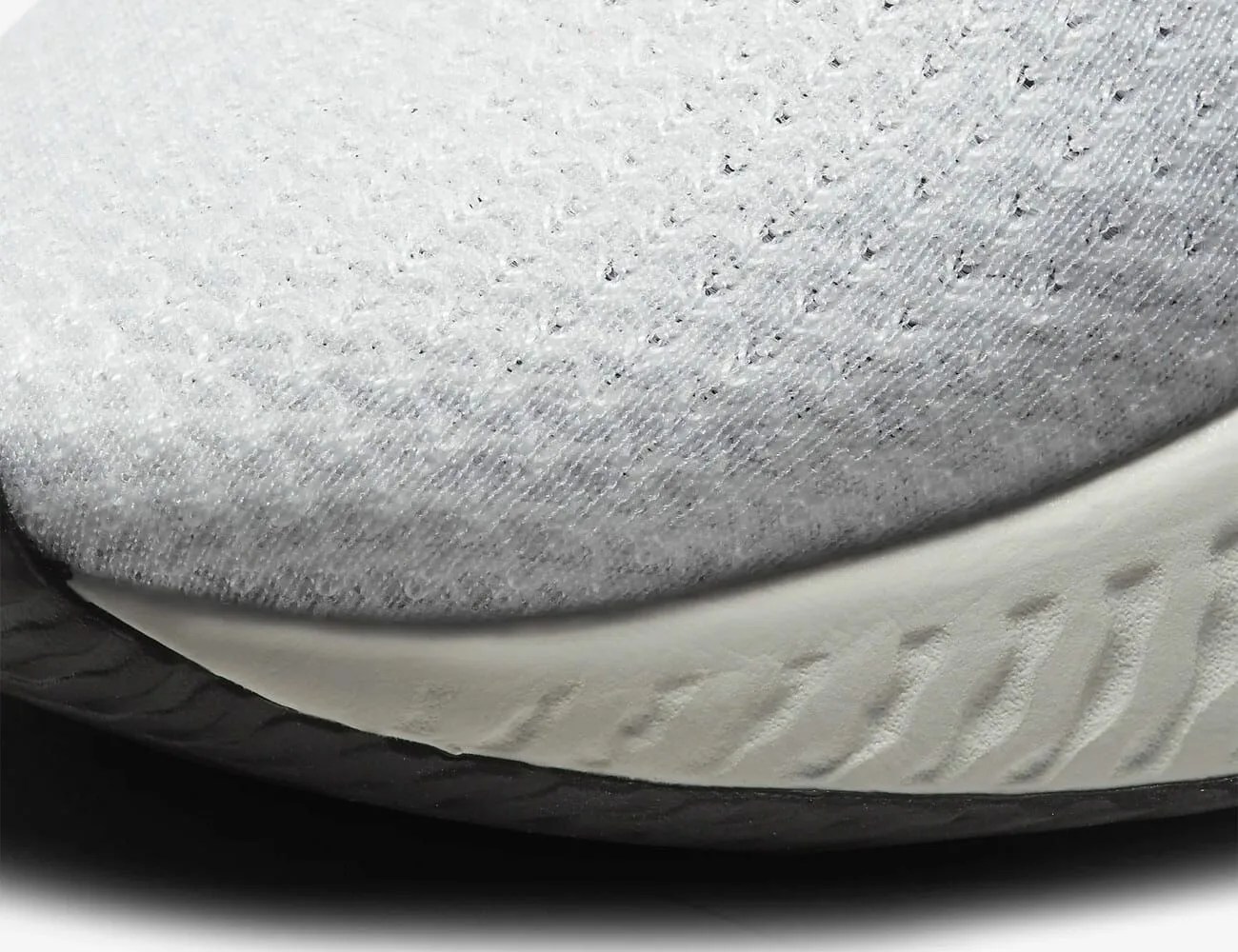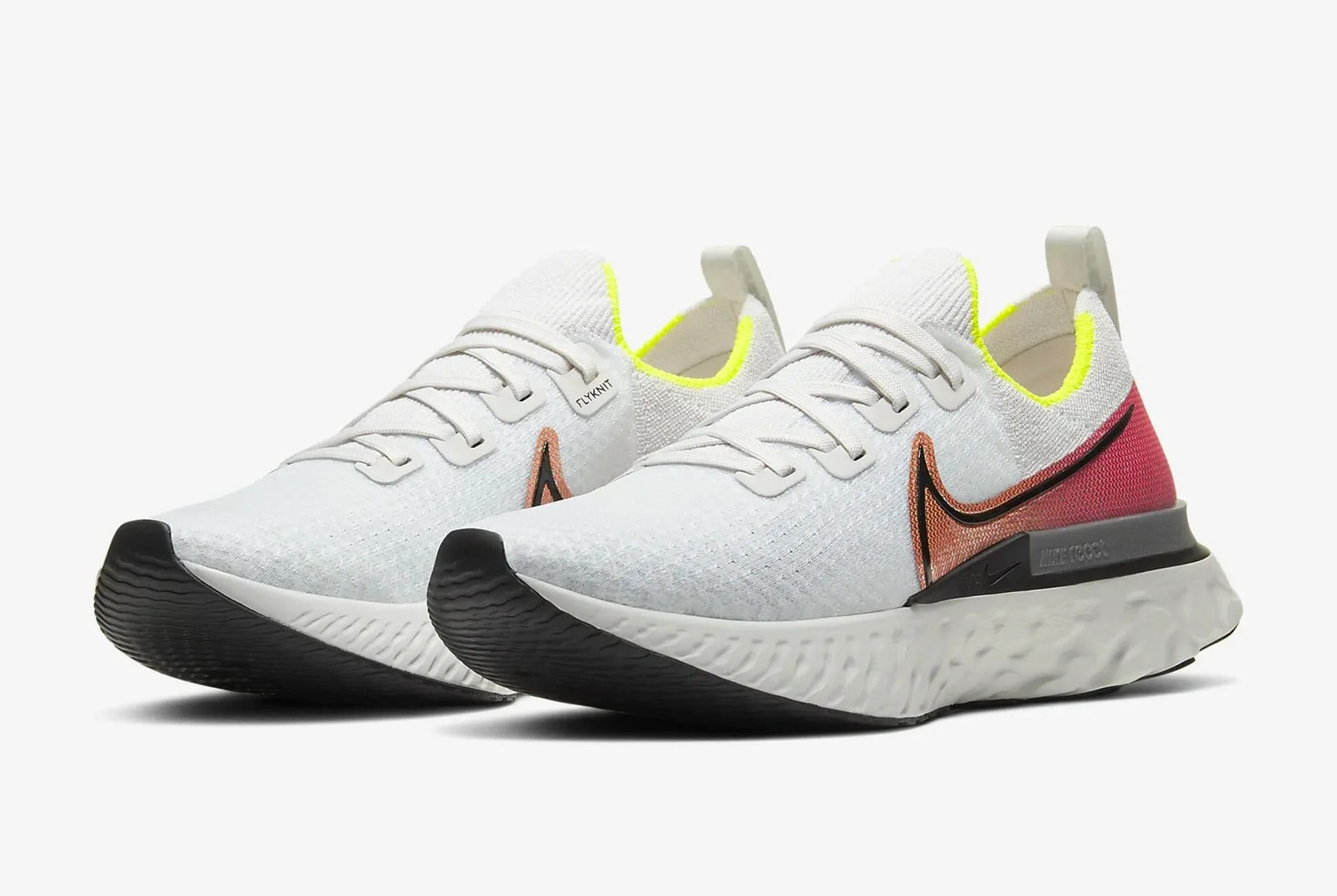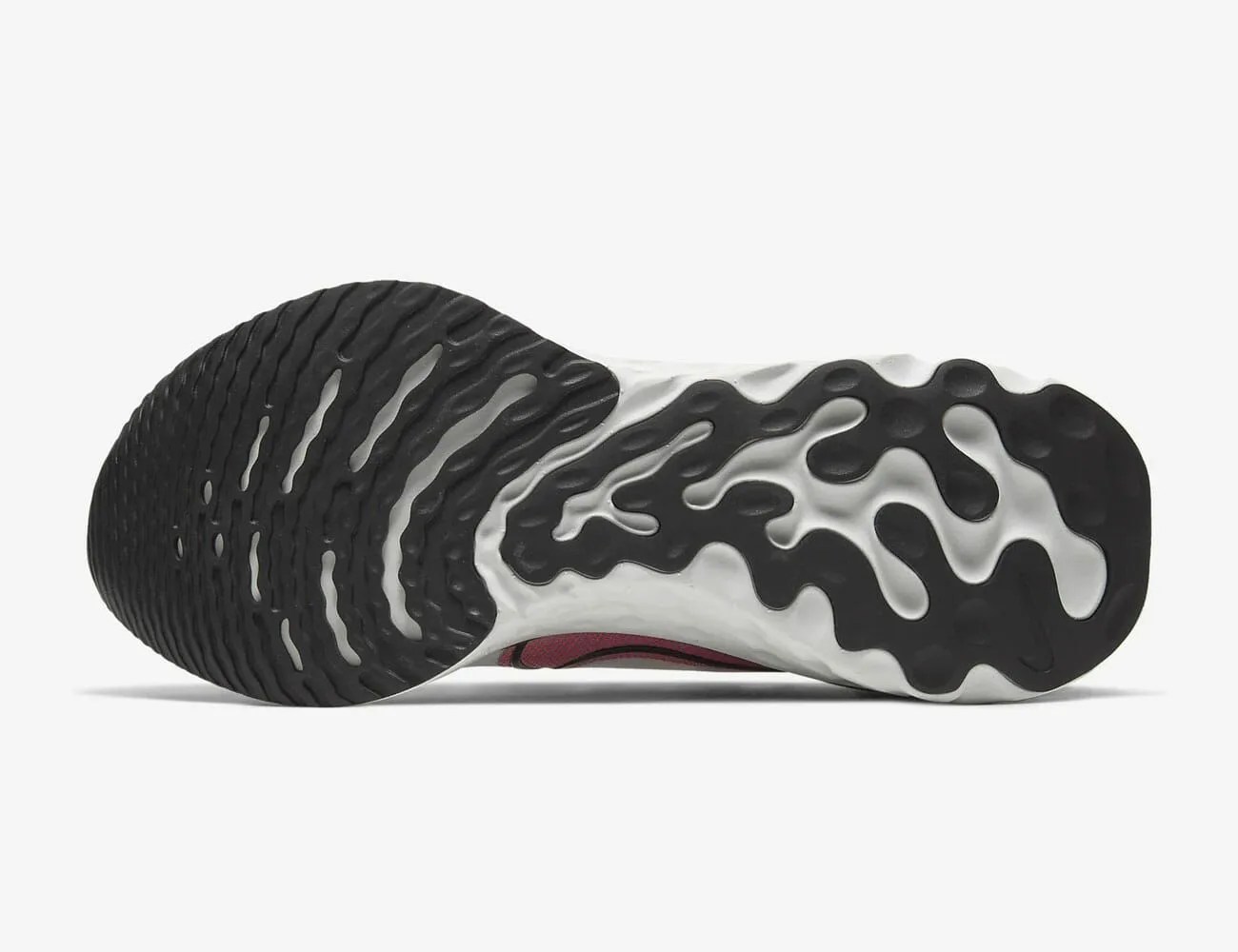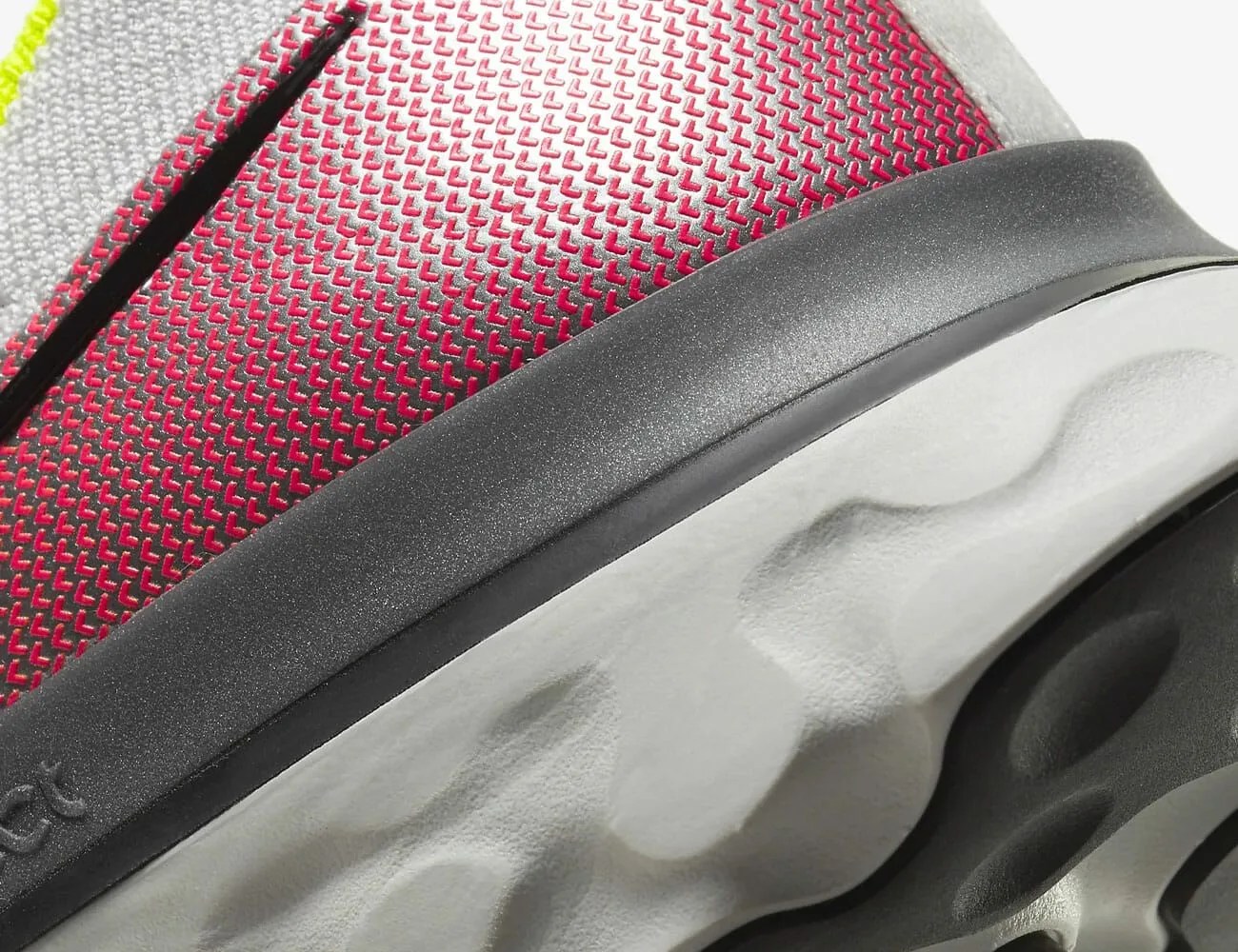“No runner should get injured.” That’s the ultimate goal that Matt Nurse, vice president of Nike’s Sport Research Lab, calls the impetus behind the company’s newest running shoe, the React Infinity Run.
Nurse describes this vision as a “North Star,” and lofty it is indeed; various studies have reported the prevalence of running injuries among long-distance runners to range from 19 to 92 percent. If at best, nearly a fifth of runners experience some form of injury, then Nurse and the team at Nike have their work cut out for them.
As a starting place, Nike looked to two successful running shoes that it released in 2017. One was the Epic React, a crowd-pleaser that combined a lightweight knit upper with a new foam that’s lighter, more durable and more responsive than any the company had made previously. The other is the Zoom Vaporfly, a race-day shoe that pros have worn to set the five fastest marathon times ever. Eliud Kipchoge wore a prototype version rumored to come out this year to run the first sub-two-hour marathon in October 2019.

The React Infinity Run draws from both. It has 24 percent more of the light-yet-durable React foam of the Epic and, like the Vaporfly, uses an efficiency-improving rockered bottom. But it isn’t a pure blend; the React Infinity Run also has a broader and more stable base and an improved three-layer Flyknit mesh upper. Unlike those other shoes, it also has a reasonably rigid heel cup.
Nike claims that this combination of features and ingredients provides a stable platform without the tamped feeling that comes with many stability-oriented running shoes. But do they actually prevent injury? According to an external study that Nike commissioned through the British Columbia Sports Medicine Research Foundation, the answer is yes.



